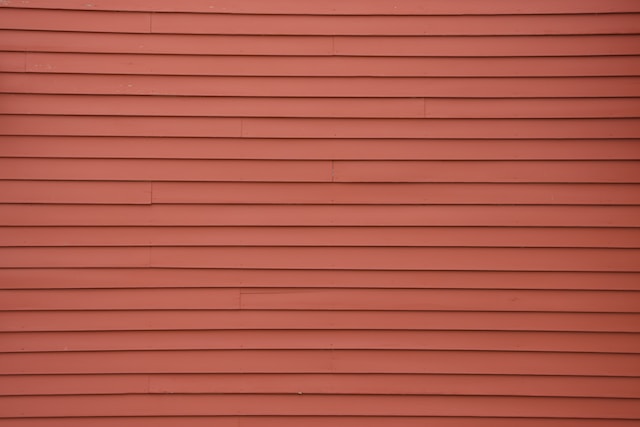
Image from Unsplash
The outside of your house is the first impression you make on visitors and potential buyers. Investing in high-quality siding for your home may do wonders for both its aesthetics and its defense against the weather. Now more than ever, homeowners can get siding that suits their needs without breaking the bank. With the appropriate siding, your home may seem like a work of art, whether you choose the traditional wood siding or the low-maintenance durability of vinyl or fiber cement.
Pros of Different House Siding
Siding is essential for the safety of your home, but it also contributes much to the home’s curb attractiveness. Choosing the best siding for your home can be difficult due to the wide variety of options available, from fiber cement to steel board and batten siding. Knowing the advantages of each siding option is crucial for making an informed choice. Here are the pros of some of the most popular siding options:
Vinyl Siding
Vinyl siding is commonly used because it is long-lasting, requires little upkeep, and is affordable. It’s available in many different tones and designs and can even pass natural materials like wood or stone. Not only is it low maintenance, but it can also resist severe weather.
Fiber Cement Siding
Fiber cement siding is fireproof, long-lasting (up to 50 years! ), and good for the environment. It’s low-maintenance and resistant to termites, rot, and warping. It also comes in a wide range of colors and designs and may be made to seem like natural materials like wood or stone.
Wood Siding
Choosing wood siding for your home is a great way to enhance its natural beauty and coziness. You may get the exact appearance you want by selecting from a wide range of wood finishes and stains. The use of wood siding helps save heating and cooling costs since wood is a natural insulator.
Brick Siding
Brick siding is a traditional and beautiful choice that will last for decades. It can tolerate harsh climates and has a long lifespan with minimal upkeep. In addition, it serves as a great insulator which means less money is spent on heating and cooling.
Cons of Different House Siding
It’s crucial to weigh the benefits and drawbacks of each siding material before making a final decision. Here are the cons of some of the most popular siding options:
Vinyl Siding
Vinyl siding is often chosen because it is inexpensive and requires little upkeep, but it does have some drawbacks as well. It’s not as long-lasting as other siding alternatives and can fade or crack over time. Extreme weather, such as high winds or hail can very quickly harm it.
Fiber Cement Siding
Fiber cement siding is a long-lasting alternative, but it may be cumbersome to install due to its weight and rigidity. It’s more costly than other alternatives and it may need to be repainted often to keep its good look.
Wood Siding
Wood siding may add a warm and natural aspect to a home, but it also needs regular maintenance and is vulnerable to rot, rotting, and insect infestations. Painting or staining it on a regular basis is necessary to keep it in good shape. Moreover, it is not as fireproof as other siding materials.
Brick Siding
Although brick siding looks great and can last for decades, it may be pricey. It’s cumbersome and has to be set up by a professional contractor. It also doesn’t insulate as well as other siding alternatives, so it’s not the most energy-efficient choice.
Things to Consider
Environment and Climate
Siding materials that are resistant to water damage, such as vinyl or fiber cement siding, are good options if you reside in a location with high humidity and regular rains. Therefore, it is vital to select a siding that would be better suited to the environment and climate of the city you live in.
Upkeep and Repairs
There is a wide range of costs involved in the upkeep and maintenance of various types of siding. Vinyl siding, on the other hand, may simply need to be cleaned occasionally with soap and water, while wood siding may require periodic painting or staining to keep its beauty.
Money and Planning
Siding for a home can range greatly in price, depending on the type of siding and its quality. Certain siding choices may be more expensive up front, but they may save money in the long term due to their low maintenance needs and high durability.
Conclusion
Selecting the appropriate siding for your home is important since it may change the look and performance of your house. Cost, durability, upkeep, and local climate are just a few variables that should be considered while choosing among the many siding options available. It is important to choose siding for your home that not only protects it but also improves its visual appeal, whether you choose vinyl, fiber cement, wood, brick, or something entirely different. To get the best siding for your home, it’s important to take your time researching and weighing your alternatives.


